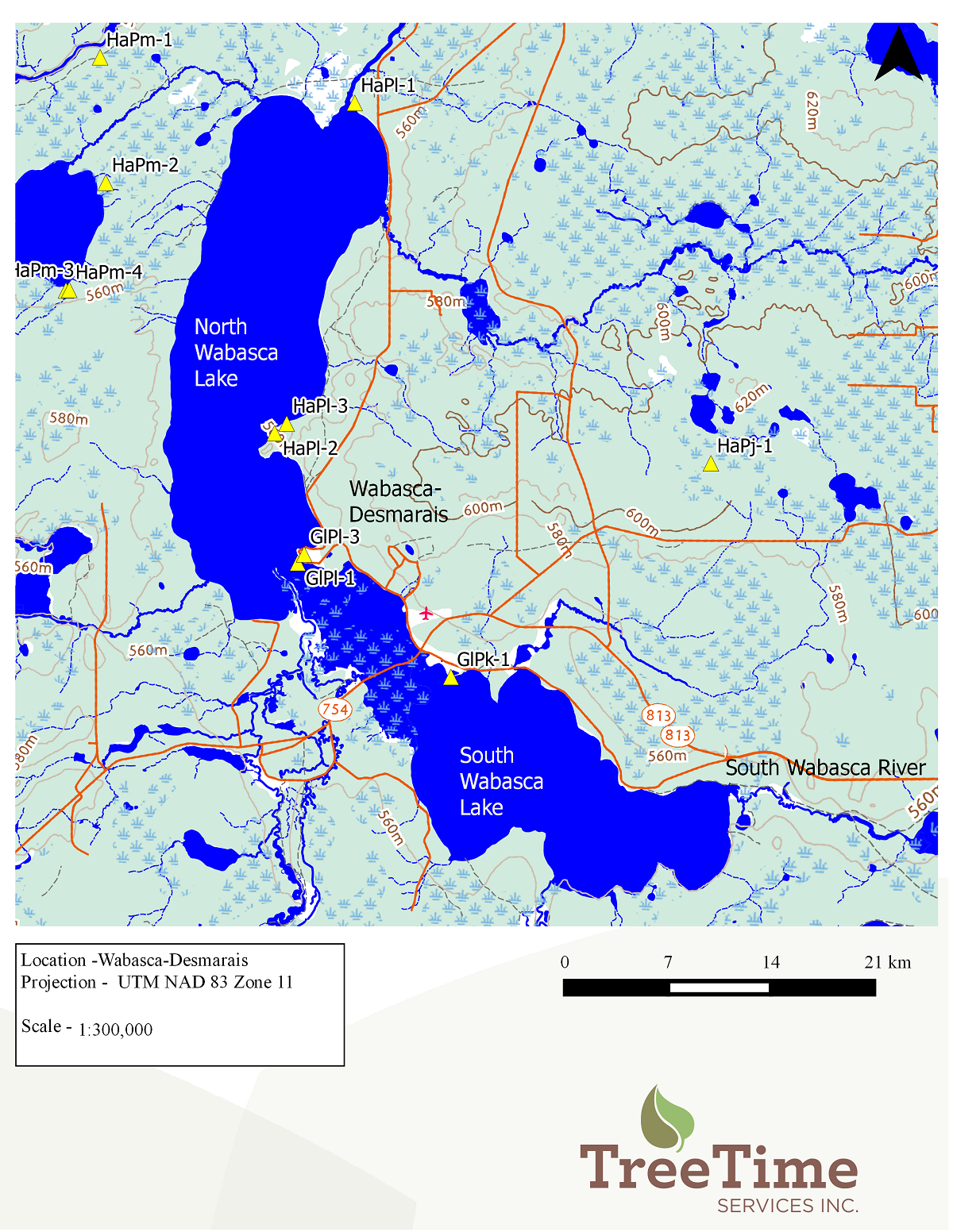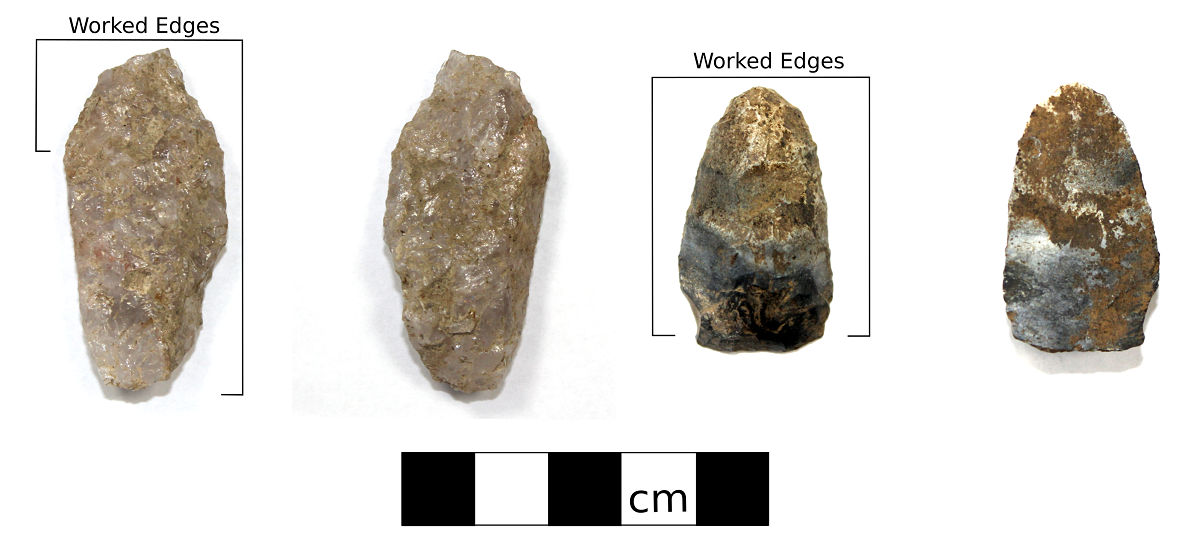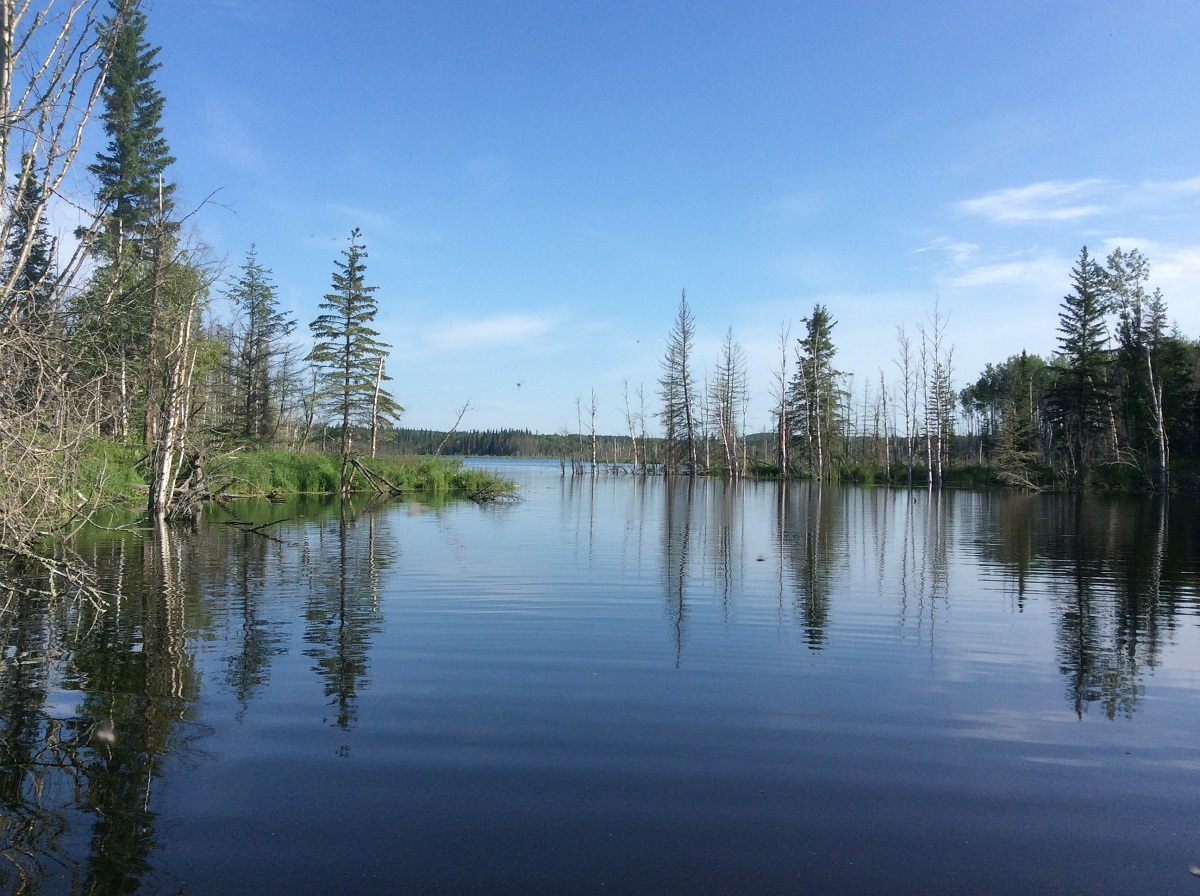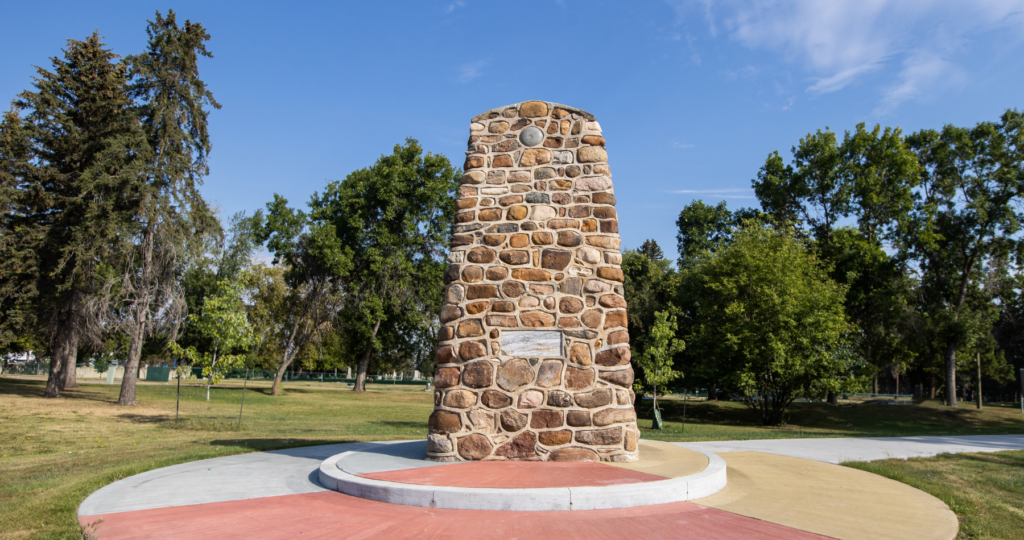Post Category : Archaeonerdism Local Archaeology
Archaeology Around the Wabasca-Desmarais Area
The Wabasca-Desmarais region is rich in heritage of all types, such as archaeological, palaeontological and historic sites and trails. In addition, there are unexplored landscapes that have the potential to contain countless unrecorded sites. Early archaeological research in the area was conducted through government surveys or University funded projects. Over the last 10 to 15 years most of the sites in the area were recorded by Cultural Resource Management (CRM) companies, like Tree Time Services Inc., working for industry, primarily the forestry sector.
At least 300 First Nations historic and archaeological sites have been identified within 100 km of Wabasca-Desmarais, AB, and 13 sites within 10 km. These sites are located throughout the landscape and shed light on indigenous life over at least 4,500 years.

Most of the archaeological sites in the region have only had limited excavation done, usually less than 20 “shovel tests”. These are 1 foot square holes dug and screened for artifacts. The most common artifacts are stone chips or flakes, called debitage, that are left behind by someone making or sharpening stone tools. Sometimes stone tools, like scrapers, knives or projectile points (arrow or spear-heads) are found, which let us say more about the site. Rarely, animal bone or charcoal is found that will let us do radiocarbon dating to find out how old a site is.

Until recently, the Wabasca-Desmarais was considered to be low in archaeological potential due to the abundance of low lying areas and muskeg. Although this type of terrain is difficult to survey, and therefore it may appear to have been largely uninhabited in the past, recent efforts have discovered that there was actually a substantial amount of past activity throughout this region. In the vast muskeg, archaeological sites can be found on elevated areas within the low lying terrain, showing that small water courses and lakes were also extensively inhabited. Many of these small water courses were likely used as transportation corridors between the more productive lakes, and elevated areas within wet lands would make ideal camping locations during resource gathering. In addition, many medicinal plants grow in the muskeg, making this environment invaluable for resource gathering.

The most-studied site in the region is the Alook Site (HaPl-1), named after John Alook, a band council member who lived in the area. It is located on the north shore of North Wabasca Lake and was excavated by teams from the University of Alberta in the 1960’s and 70’s. These excavations determined that the site was likely a 4200 – 3500 year old indigenous campsite. Archaeologists were able to recover a multitude of stone tools, including McKean atlatl dart points, Side-Notched arrow points and hide scrapers. The excavation also identified a midden feature which contained a concentration of broken bone, stone artifacts and charcoal. Stay tuned for our next post to read more about this site!

With the limited archaeological research conducted in the Wabasca-Desmarais region to date, we have barely scratched the surface of our understanding of past life-ways and traditional land use in this diverse landscape. It is important to note that even though people have lived in this area for several millennia, very little research has been done in the last 40 years. Further archaeological investigation is this area would be a great opportunity to bring together local communities, educators, academics and industry to further our understanding of its past inhabitants in an inclusive environment in the spirit reconciliation. There is definitely more work to be done!



